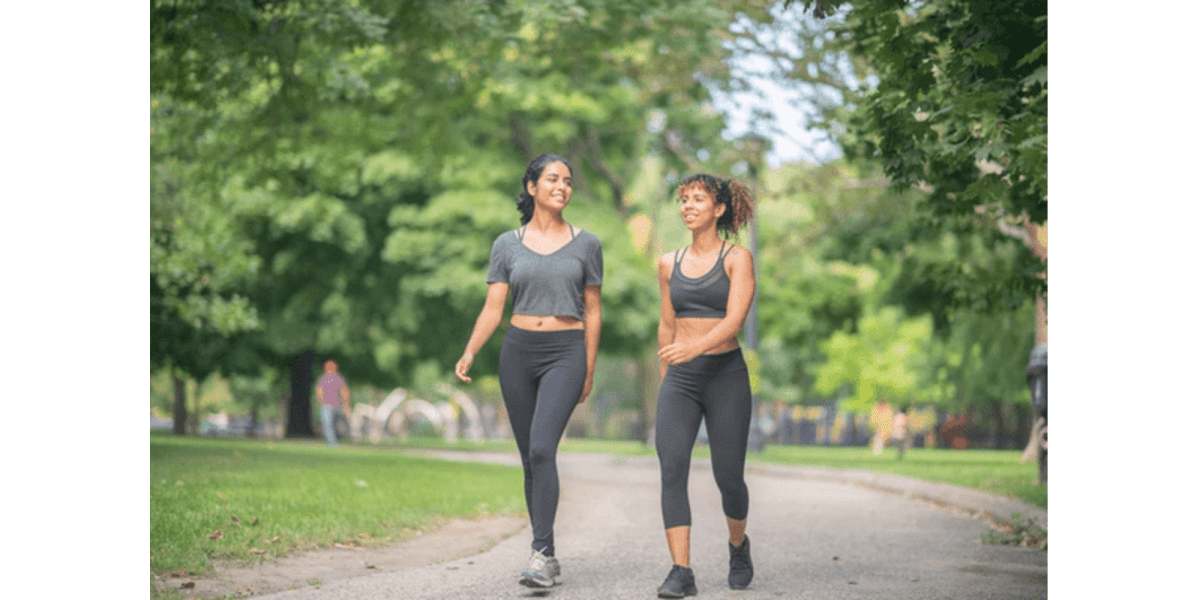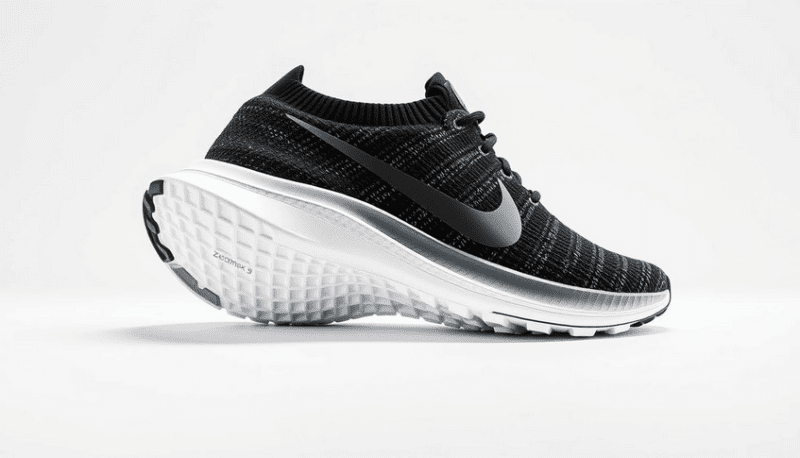Starting a walking routine is one of the easiest ways to boost my health and well-being. By setting small, achievable goals and being consistent, I can build a habit that not only makes me feel good but also keeps me active. Walking requires little gear and can fit into any lifestyle, making it accessible for everyone.

To kick off my walking journey, I first focus on how to make it enjoyable and safe. Choosing the right time to walk, dressing appropriately for the weather, and selecting a safe route can really enhance the experience. I also think about my walking technique to prevent injury and get the most benefits from each step.
As I integrate walking into my daily routine, I can see improvements in my mood and fitness levels. With dedication and a few practical tips, I feel ready to take on this new challenge and enjoy all the benefits that come with regular walking.
Key Takeaways
- Setting small, realistic goals helps build a walking habit.
- Choosing the right gear and safe routes enhances safety and enjoyment.
- Walking regularly can improve my overall health and mood.
Setting Up Your Walking Goals

When I started my walking routine, setting clear goals helped me stay motivated. I learned to determine my fitness level and create a walking plan tailored just for me. These steps make it easier to turn walking into a lasting habit.
Determining Your Fitness Level
To set realistic walking goals, I first needed to assess my fitness level. This means considering how active I am currently. I asked myself questions like:
- How often do I walk now?
- Am I comfortable walking for 15 minutes or more?
- What’s my energy level?
If I was just starting, my goal might be to walk for 10 minutes without stopping. As I gained confidence, I could gradually increase this time. It's important not to push too hard at first. Focusing on consistency helps build my walking habit over time.
Creating a Personalized Walking Plan
Once I understood my fitness level, I created a personalized walking plan. I aimed for a manageable schedule. For example, I chose to walk five days a week.
Here's a basic plan to help:
- Week 1: Walk 15 minutes daily.
- Week 2: Increase to 20 minutes daily.
- Week 3: Walk 25 minutes daily.
In addition, I aimed for the common goal of taking at least 10,000 steps each day. This number can seem challenging, so I started smaller and worked up to it. Tracking my walks helped me stay on target and feel accomplished.
Essential Gear and Preparation

Starting a walking routine means choosing the right gear and preparing wisely. With some thoughtful choices, I can stay comfortable and safe while enjoying my walks.
Selecting the Right Walking Shoes
Choosing proper walking shoes is crucial for comfort and injury prevention. I look for shoes that provide good support and a cushioned sole. It's essential to try them on and walk around the store to ensure they feel right.
Consider these points when selecting shoes:
- Fit: They should be snug but not tight. I make sure there's enough room for my toes.
- Arch Support: Different feet need different support. I can choose shoes based on my foot type.
- Weight: Lighter shoes can help me move more easily, so I look for a balance between support and weight.
I also check for durability. Quality shoes last longer and keep my feet happier during long walks.
Comfort in Clothing and Accessories
Wearing the right clothing enhances my walking experience. I choose breathable fabrics that wick away sweat, like polyester or nylon. This keeps me cool and dry, especially on warm days.
Here are some tips I follow:
- Layer Up: For colder days, I wear layers that can be added or removed easily. A good base layer helps trap heat.
- Avoid Cotton: Cotton retains moisture, which can make me cold and uncomfortable.
- Accessories: I often carry a light jacket or a hat for sun protection. If it's dark, reflective gear or a flashlight can keep me safe.
Staying comfortable in my clothing makes walking enjoyable and helps me stick with my routine.
Walking Technique and Safety

When starting a walking routine, it's important to focus on how I walk and how to stay safe. Using the right technique can help prevent injuries, while staying alert can keep my walks enjoyable and secure.
Perfecting Your Walking Form
I want to walk with good posture to keep my body relaxed and reduce strain. I stand tall with my shoulders back and my head up. My arms should swing freely from my shoulders. This motion helps with balance and can increase my walking speed.
Tips for Good Form:
- Foot Position: I land on my heel and roll through to my toes.
- Walking Pace: I can aim for a brisk walking pace, which is comfortable but gets my heart rate up.
- Breathing: I breathe steadily to keep my energy up while walking.
Practicing these points can help me maintain a smooth and efficient walking style.
Staying Safe on Your Walks
Safety is key during my walks. I always choose well-lit and populated areas, especially if I walk in the early morning or late evening. I can avoid distractions by keeping my phone on silent and not using headphones.
Safety Tips:
- Wear Bright Colors: I choose bright or reflective clothing to make myself more visible.
- Stay Aware: I watch for cars, bikes, and uneven surfaces.
- Walking Group: Joining a walking group can make my walks more enjoyable and safer.
Staying aware of my surroundings helps prevent accidents and keeps my walks fun.
Integrating Walking into Your Lifestyle

Adding walking to my daily activities has been life-changing. Here are some effective ways to make walking a regular part of my routine so it becomes an enjoyable habit.
Incorporating Walks into Your Daily Routine
I find that fitting walks into my daily routine is simple. One way is to walk during breaks at work or take the stairs instead of the elevator.
When commuting, I can park farther away from my destination and walk the extra distance. This small change energizes me for the day.
I also schedule short walks, like 10-minute sessions, on most days. Gradually increasing the time to 30 minutes helps me reach the 150-minute goal for my fitness routine.
Walking right after meals helps with digestion and boosts my mood. It doesn’t have to be all at once; even a few minutes here and there makes a big difference.
Using Technology to Track Progress
Using apps or fitness trackers helps me stay motivated. I can set daily step goals to challenge myself. My current favorite is a simple step-counting app that keeps me engaged.
I also like using a treadmill at home when the weather isn't great. Many treadmills have features to track my distance and speed, which makes each workout more interactive.
Tracking my progress shows my improvements. Writing down my daily steps or workout times makes it real and pushes me to keep going. Plus, seeing those numbers grow is rewarding!
Finding a Walking Buddy or Group
Having a walking buddy has been great for motivation. I enjoy chatting with a friend while we walk, which makes time fly. It also holds me accountable; knowing someone else is counting on me helps keep me on track.
In my community, I search for local walking groups. Joining a group introduces me to more people with similar goals. It’s also fun to explore new routes together.
Whether arranging a morning walk or an evening stroll, connecting with others adds enjoyment to the experience. Together, we can discuss our walking workouts and share tips on staying active.
Maximizing Health Benefits
Walking not only keeps me active but also offers significant health benefits for both my body and mind. I can focus on these benefits to create a routine that meets my health goals effectively.
Understanding the Benefits for Body and Mind
Walking is a great way to improve my overall health. It helps with heart health by strengthening the heart and improving circulation. This can lead to better cholesterol levels and reduced risks of heart disease.
I also notice improvements in my mental health. Walking releases endorphins, which can lift my mood and reduce feelings of stress or anxiety. A daily walk helps me think more clearly and feel more relaxed.
Additionally, it can help manage weight. Regular walking increases my metabolism, which supports weight loss or maintenance. Keeping it consistent is key for enjoying these benefits.
Walking for Specific Health Goals
I can set specific goals to target my health needs. For weight loss, I aim for brisk walks of at least 30 minutes most days. Using a fitness tracker helps me stay motivated by tracking my progress.
For heart health, I look to reach a moderate intensity. This usually means I walk fast enough to raise my heart rate. I try to maintain a pace that allows me to talk, but not sing.
If I aim to manage blood sugar levels, I walk after meals. It helps my body process food better and keeps my levels steady. Each of these goals reinforces how walking can fit into my life, making it a valuable part of my routine.
Recovery and Progression
Taking time for recovery and knowing how to progress are key for success in my walking routine. Recovery days help my muscles heal, while progression allows me to build endurance and improve cardiovascular health.
Plan for Recovery Days and Rest
In my walking program, I make it a point to include recovery days. These days are essential to help my muscles recover and reduce aches. I often take a rest after every few days of walking, which helps to avoid burnout.
On my rest days, I focus on light activities like stretching or leisurely walking. This keeps me active without straining my body too much. If I feel sore, I pay attention to those signals and may take an extra day off. Staying attuned to my body helps me to prevent injuries and makes my exercise program more effective.
Advancing Your Walking Routine
As I gain strength and endurance, it's important to advance my walking routine. I start by gradually increasing my walking time and speed. For example, after a week of 15-minute walks, I aim for 20 minutes by adding five minutes each week. This slow progression keeps me motivated.
I also explore different routes to add variety, which keeps me engaged. Occasionally, I might set a goal to walk at a brisker pace, which boosts my cardiovascular health. Monitoring my progress really helps me see improvements, making my walking routine enjoyable and rewarding.
Frequently Asked Questions
When starting a walking routine, I often get questions about how to begin, the benefits of walking, and tips for specific groups like seniors. Here are some common questions I hear from beginners.
What steps should a beginner take to begin a regular walking program?
To start a walking program, I recommend beginning with short walks of about 10 to 15 minutes. Aim to do this most days of the week. Gradually increase the time as you feel more comfortable. Consistency is key, so I try to make walking part of my daily routine.
Can a walking routine help with weight loss, and how should one start?
Walking can definitely help with weight loss when combined with a balanced diet. I suggest starting with a brisk 30-minute walk most days, and then adding more time or intensity as I progress. Keeping track of my meals can also make a difference.
What are some walking guidelines for seniors who want to start a fitness routine?
For seniors, it's important to check with a doctor before starting. I suggest starting slowly with short, easy walks. Staying well-hydrated and wearing comfortable shoes can help. I also recommend picking safe, flat paths to avoid any trip hazards.
What kind of walking plan is suitable for someone who has been inactive?
If I've been inactive, I could start with short walks, like 10 to 15 minutes at a comfortable pace. I would aim to walk three to four days a week and slowly increase the duration and frequency. Listening to my body and resting when needed is also important.
What can I expect from committing to a 30 minutes walking routine each day?
Committing to a 30-minute walk each day can lead to improved energy levels, better mood, and enhanced overall fitness. I might notice better sleep and a sense of accomplishment as I stick to my routine. It's normal for progress to take time, so patience is important.
What is a safe and effective way to incorporate walking into my lifestyle as a beginner?
To make walking a regular part of my life, I try to find opportunities throughout my day. I might take the stairs instead of the elevator or walk during my lunch break. Setting specific goals, like a daily step count, can keep me motivated and on track.
DISCLAIMER
This document is provided for general information purposes only and should not be relied upon as providing legal advice, technical, or specific operational guidance to the reader, whether as to the practices described in the document or the applicable legal requirements and regulations. saveonsneaks.com expressly disclaims any responsibility for liability arising from or related to the use or misuse of any information in this document.



